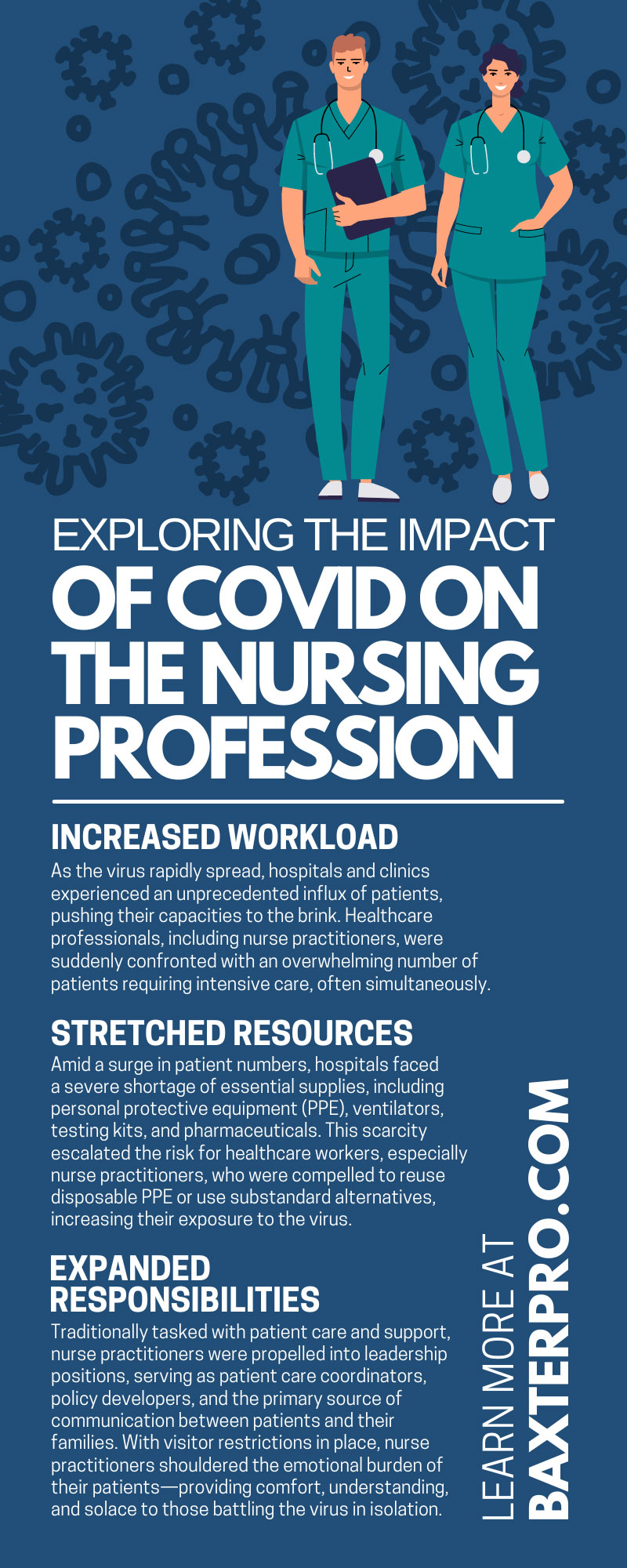The healthcare industry offers a variety of diverse professions with differing responsibilities and skill sets. Today, we will focus on understanding the difference between a physician associate and a doctor. We will analyze their respective education and training requirements, job responsibilities, salary, risk assessment, opportunities for advancement, and pros and cons.
Overview of Physician Associates and Doctors
Physician associates (PAs), also known as physician assistants, and doctors share some commonalities. Both healthcare professionals treat, diagnose, and manage illnesses or injuries. However, the scope of practice, training, and patient care responsibilities vary between the two positions.
Education Requirements for Doctors vs. Physician Associates
Becoming a doctor requires extensive education and training. After a four-year undergraduate degree, prospective doctors must complete four years of medical school followed by a residency, which can take between three-to-seven years, based on the specialization. Some doctors may choose to undergo additional sub-specialty training called fellowship programs.
On the other hand, becoming a physician associate involves obtaining a four-year undergraduate degree and completing a master’s degree in a physician associate program, which takes about two or three years.
Differences in Job Responsibilities
Doctors hold greater autonomy and authority in the medical field. They can diagnose and treat complex medical conditions, prescribe medications, and perform surgeries. Physicians are also responsible for creating and managing a patient’s comprehensive treatment plan.
Physician associates primarily work under a doctor’s supervision, although they have the authority to diagnose and treat patients based on state regulations. PAs can also prescribe medications, assist with surgeries, and perform routine medical procedures.
Salary and Compensation Differences
Salary-wise, doctors typically have a higher income than physician associates, as it directly correlates with their education, expertise, and responsibilities. However, physician associates also earn competitive salaries, considering the shorter duration of their education and training.
Risk Assessment for Each Position
Due to the difference in responsibilities and decision-making autonomy, doctors face a higher risk of malpractice lawsuits than physician associates. Doctors are typically the focus of malpractice lawsuits as they head a patient’s treatment plan, while lawsuits rarely target PAs individually.
Opportunities for Advancement and Specialization
Both doctors and physician associates have ample opportunities for advancement and specialization. Doctors can choose from fields such as internal medicine, surgery, pediatrics, and psychiatry. Likewise, physician associates can also focus on specialties like orthopedics, dermatology, and emergency medicine.
Pros and Cons of Being a Doctor vs. a Physician Associate
The Pros of Being a Doctor
Doctors can significantly impact people’s lives by helping them with their medical needs. They also have the autonomy and authority to make complex medical decisions, which can be rewarding. Doctors often have higher salaries and more opportunities for career advancement.
The Cons of Being a Doctor
On the other hand, being a doctor has some potential downsides. The lengthy education and training period can be physically, mentally, and financially draining. Additionally, due to the high-stakes nature of their work, doctors face a greater risk of malpractice lawsuits than physician associates. This high-pressure job can also lead to a demanding work schedule with long hours and high stress levels.
The Pros of Being a Physician Associate
A physician associate’s role also has pros and cons. On the positive side, PAs have a shorter education and training period compared to doctors, making it a more accessible career path for those looking to enter the healthcare field. PAs also earn competitive salaries and enjoy increasing demand in the industry.
The Cons of Being a Physician Associate
However, PAs have less autonomy in decision-making than doctors, which can be frustrating for those seeking greater responsibility and authority in their work. The scope of practice for PAs is also more narrow, meaning they may be unable to treat complex medical cases or perform certain procedures. This can be a barrier for those looking to specialize in a particular field or advance to higher positions within the healthcare industry.
Tips on Choosing the Right Career Path for You
Consider the Commitment to Education and Training
Choosing between becoming a doctor or a physician associate position requires careful consideration of your commitment to education and training. Becoming a doctor involves several years of schooling, residency, and potentially additional fellowship programs, which require incredible commitment and focus. On the other hand, becoming a physician associate requires less time in school but still involves completing a master’s degree program and obtaining a license, which can also require a significant investment of time and resources.
Weigh Your Career Priorities (Work-Life Balance, Salary, & Job Satisfaction)
Before deciding on a career path, assessing your priorities and goals is important. Work-life balance may be a top priority for some, while salary or job satisfaction may hold greater importance for others. Understanding what you value most in a career can help guide your decision between becoming a doctor or a physician associate. Also, consider the potential long-term effects of your chosen career path, such as the physical and emotional demands, potential for burnout, and overall job satisfaction.
Reach Out to Professional Physician Associates and Doctors
Consider reaching out to professional physician associates and doctors before deciding. Asking them questions about their education, training, job responsibilities, and overall satisfaction with their chosen profession can provide valuable insights into working in each role. Shadowing a doctor or PA can give you first-hand experience and a better understanding of their responsibilities and challenges.
Speak With Mentors, Advisors, and Family for Advice
Speaking with mentors, advisors, and family members can also provide valuable advice when deciding between becoming a doctor or a physician associate. These individuals can offer different perspectives based on their experiences and may have insight into your strengths and interests to help guide your decision. Friends, family, and colleagues can provide support as you navigate the challenging education and training requirements of either profession.
Stay Protected With Baxter & Associates
Understanding the differences between a doctor and a physician associate—regarding education, job responsibilities, salary, risk assessment, and opportunities for advancement—is vital. Protecting yourself with medical malpractice liability insurance from Baxter & Associates is crucial, whichever path you choose. Having the necessary coverage to safeguard your career and financial future as a healthcare professional is important. Contact us today to learn more about our insurance options for doctors and physician associates.
















